26
2025
-
06
The 2025 annual meeting of the Association's Components Branch was held in Shenzhen.
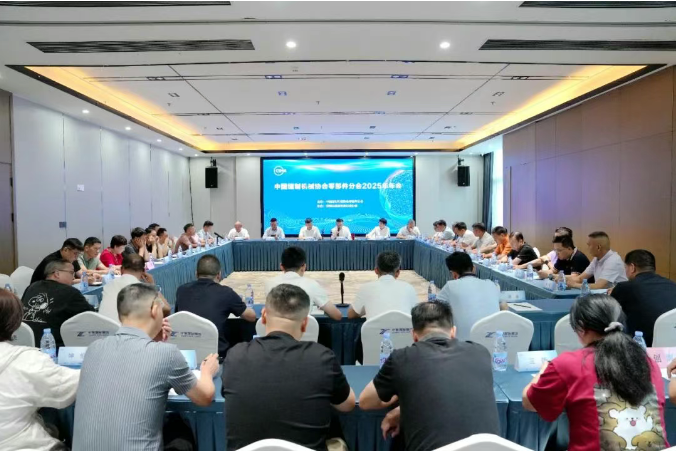
Source: China Sewing Machinery Association
On June 18, the 2025 Annual Meeting of the Components Branch of the China Sewing Machinery Association, themed "Strengthening Advantages, Creating Value, and Promoting Transformation," was held in Shenzhen, Guangdong Province. Nearly sixty people attended, including Yang Xiaojing, Chairman of the China Sewing Machinery Association; Wu Jiling, Vice Chairman and President of the Components Branch; representatives from member units of the Components Branch; and some key local component and complete-machine enterprises in Shenzhen.

At the meeting, Wu Jiling, President of the Components Branch, delivered a keynote report titled "Gathering Resources to Strengthen Advantages, Cultivating Internal Strength to Create Value, Maintaining Confidence and Positioning, and Accelerating the Path to Transformation and Upgrading." The report covered four aspects: the current industry situation, industry development trends, opportunities and challenges, and strategies for transformation and upgrading.
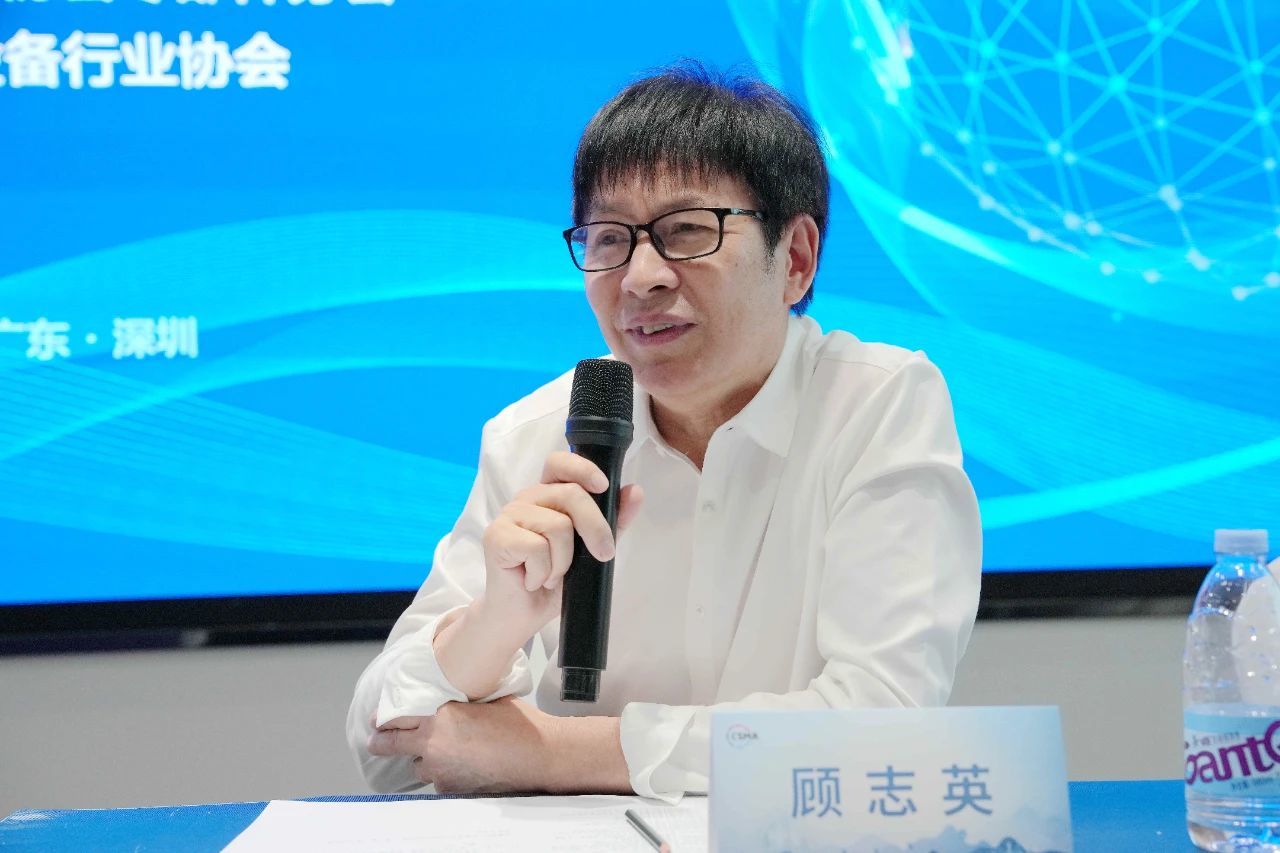
In the themed discussion session, representatives shared their companies' experiences, difficulties, challenges, solutions, and suggestions for development, based on their respective professional fields and development characteristics. They shared their experiences and insights on strengthening core technological advantages, exploring new development areas, establishing joint R&D communities for complete machines and components, creating platform-based development models, participating in the robotics industry, and promoting cooperation between complete-machine and component manufacturers to counter involution. Complete-machine enterprise representatives put forward demands and suggestions to component enterprises from the perspectives of enterprise development, automation trends, etc., including the localization of key components, strengthening joint R&D between complete-machine and component enterprises, accelerating the standardization of automatic machine parts, and creating high-quality components. This effectively promoted communication and cooperation between complete-machine and component enterprises.
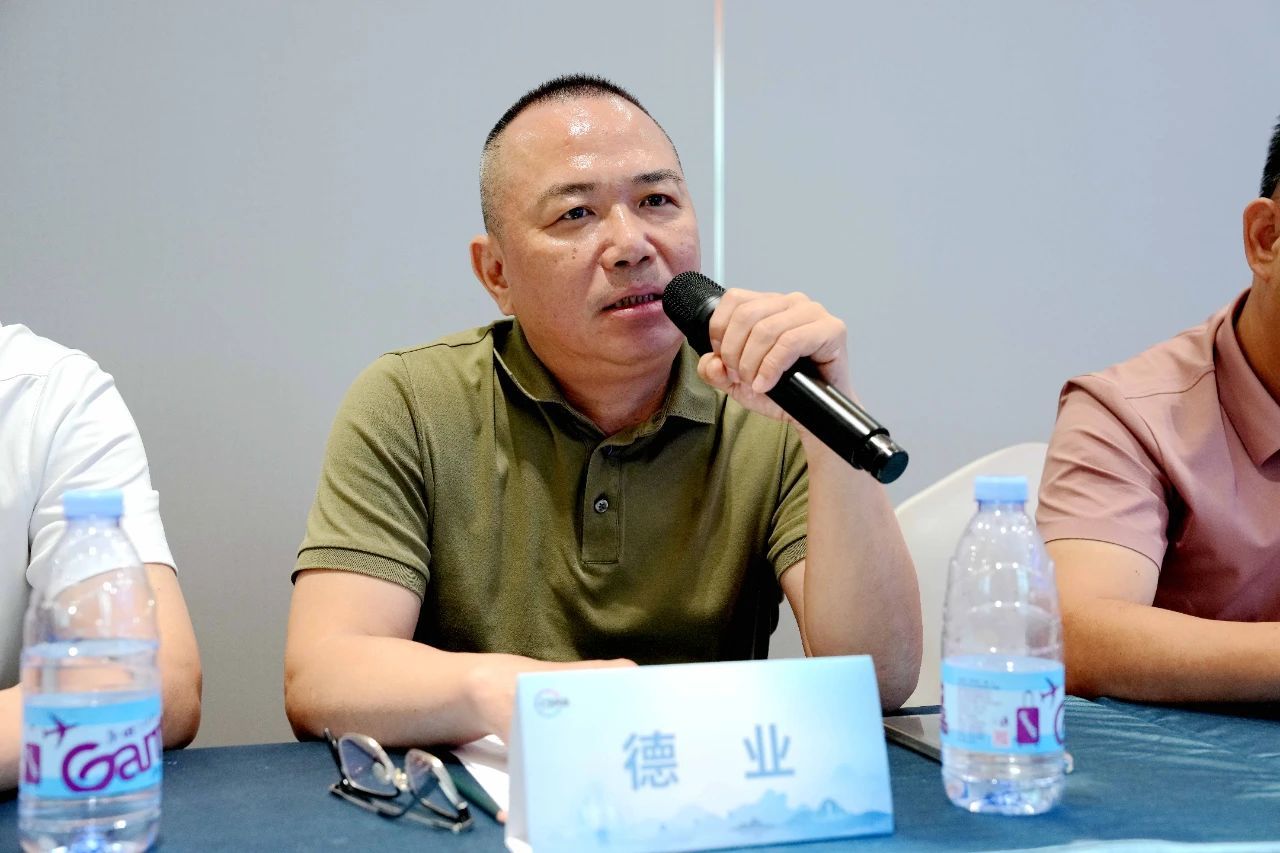
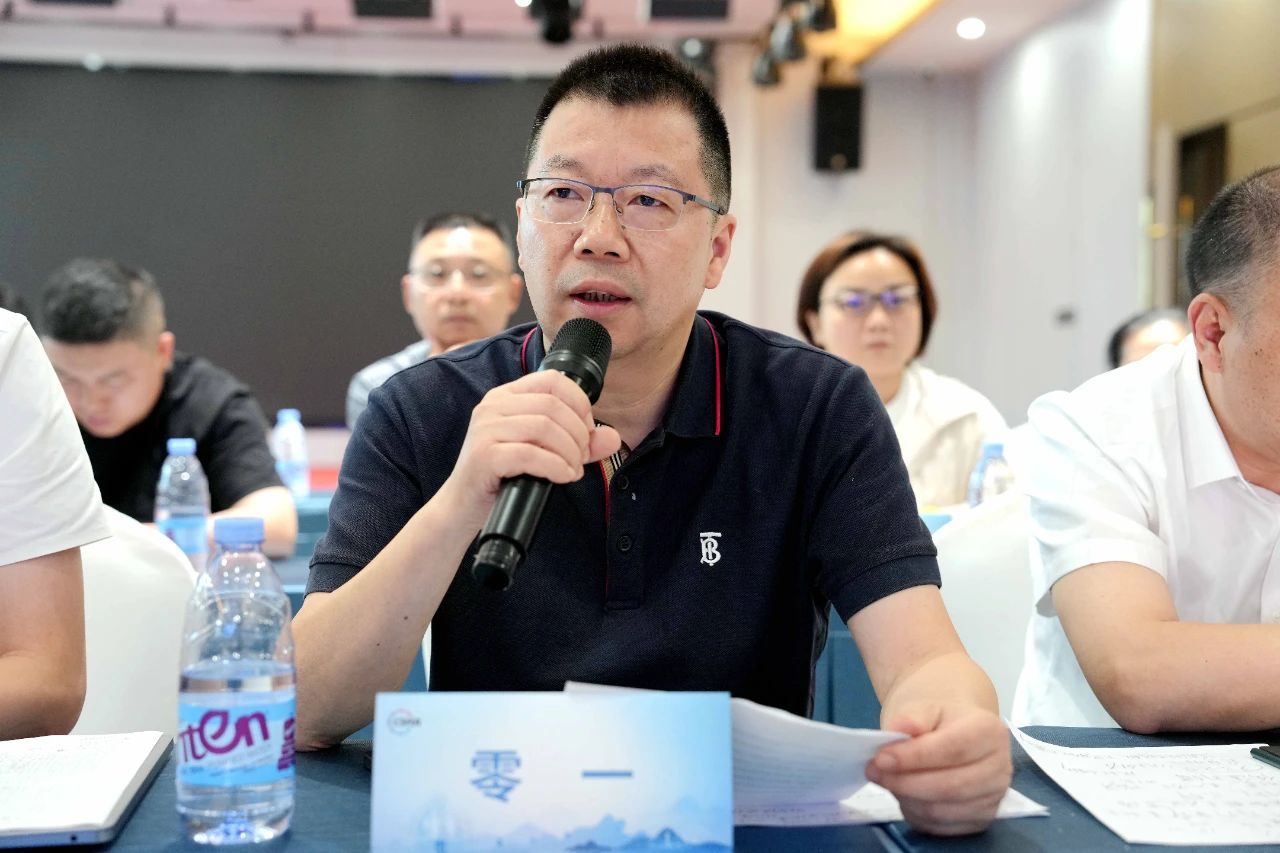

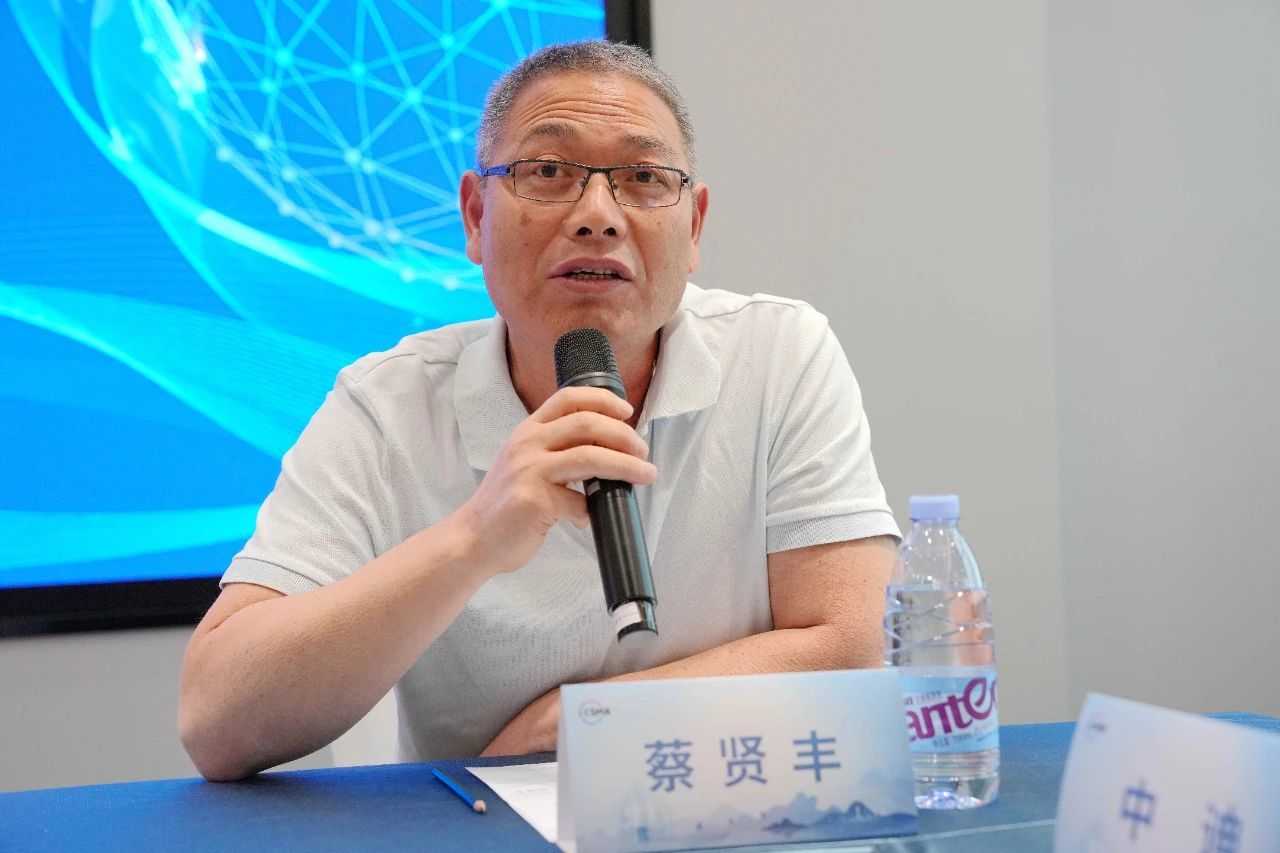
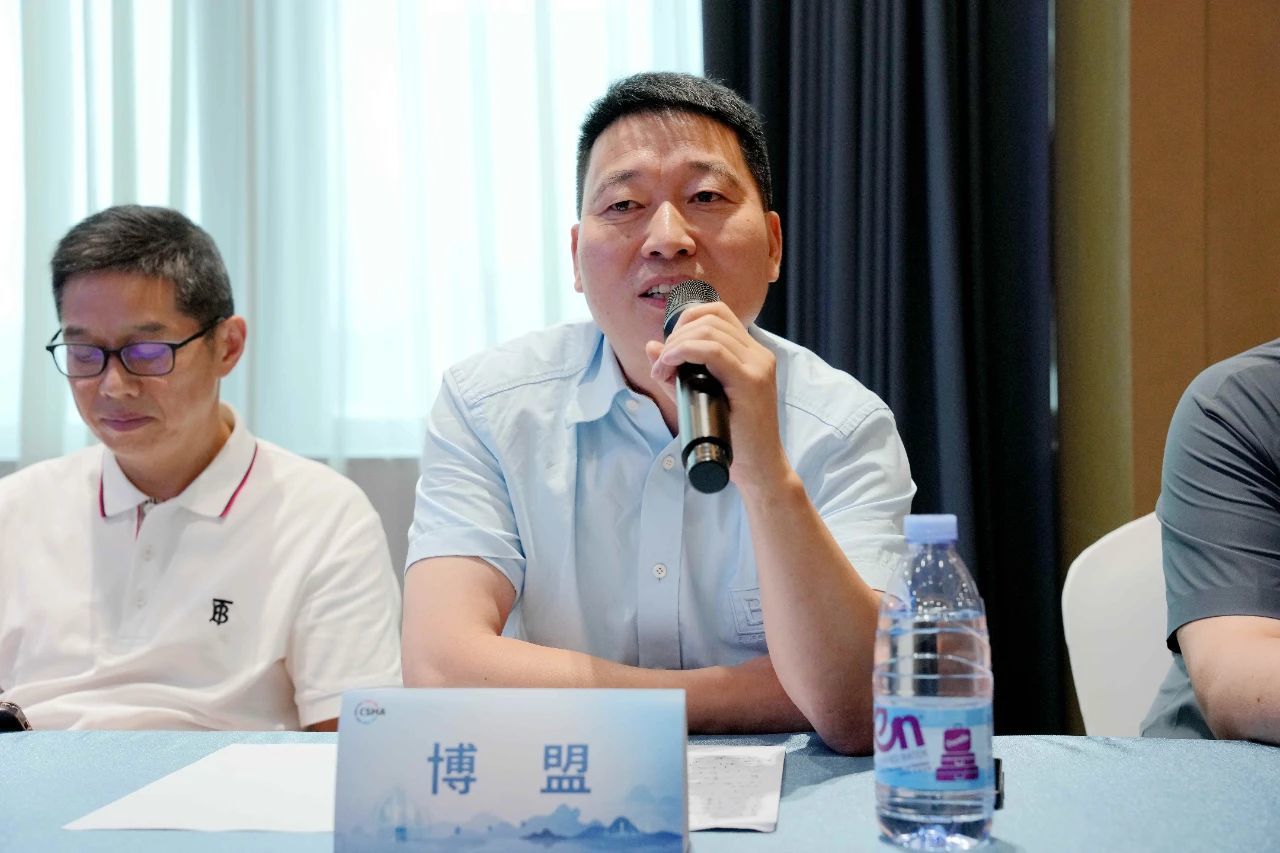
It was unanimously agreed that under the influence of sluggish global economic recovery, intensified competition among major powers, and uncertainties in tariff and trade policies, enterprises will inevitably face significant challenges in the short term. It is necessary to fully grasp the changing situation, plan ahead, actively adjust enterprise and product structures, continuously cultivate their own advantages, and explore new models of industry cooperation to oppose involution within the industry, and make greater contributions to the new productive forces of the industry and the construction of a modernized industrial system.
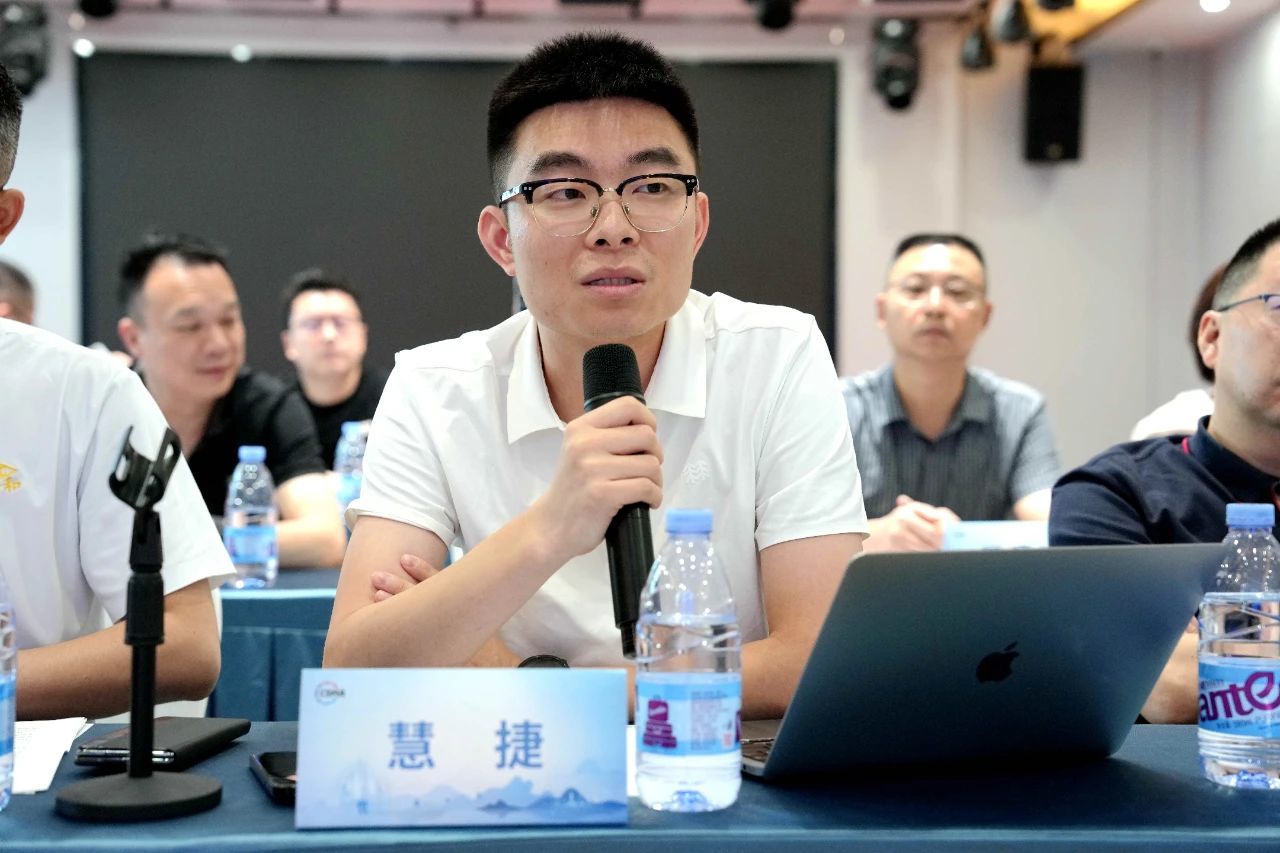
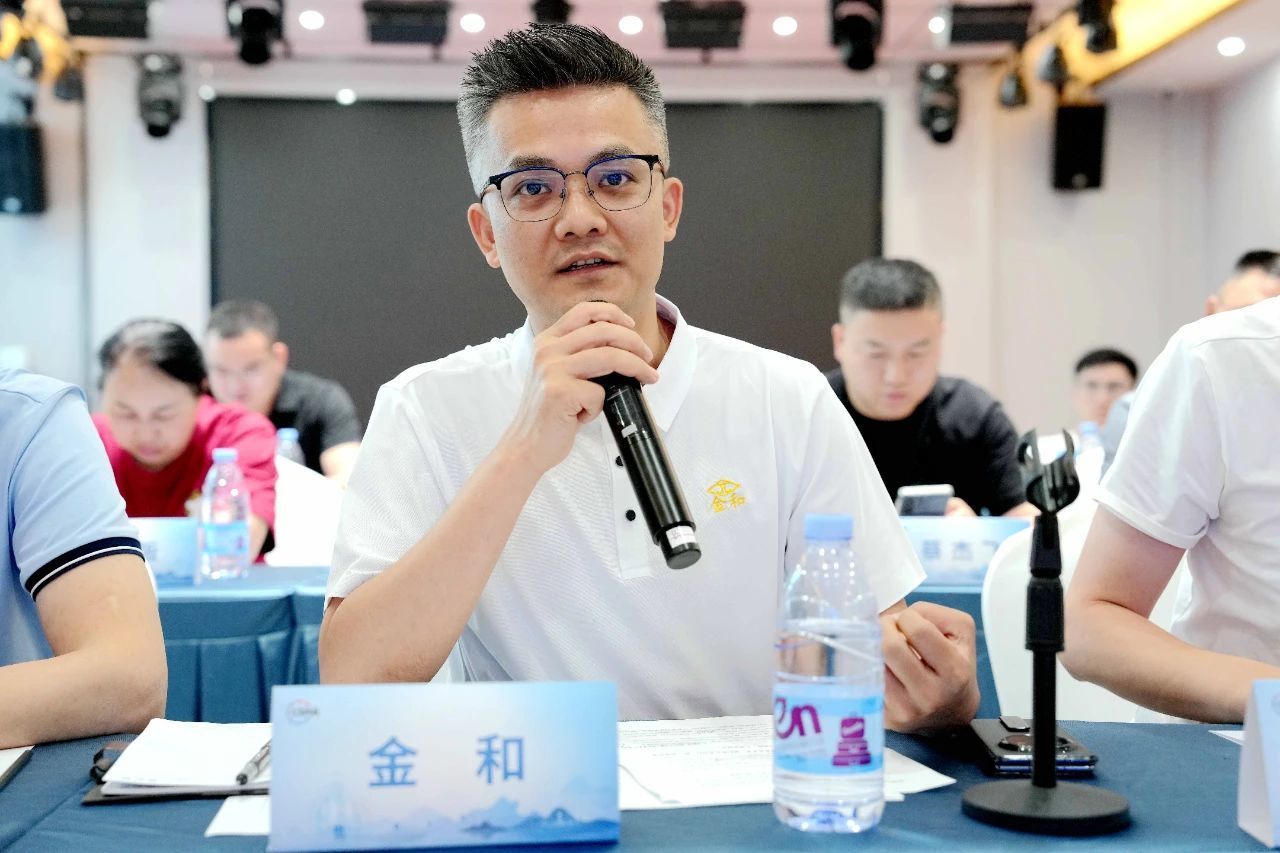


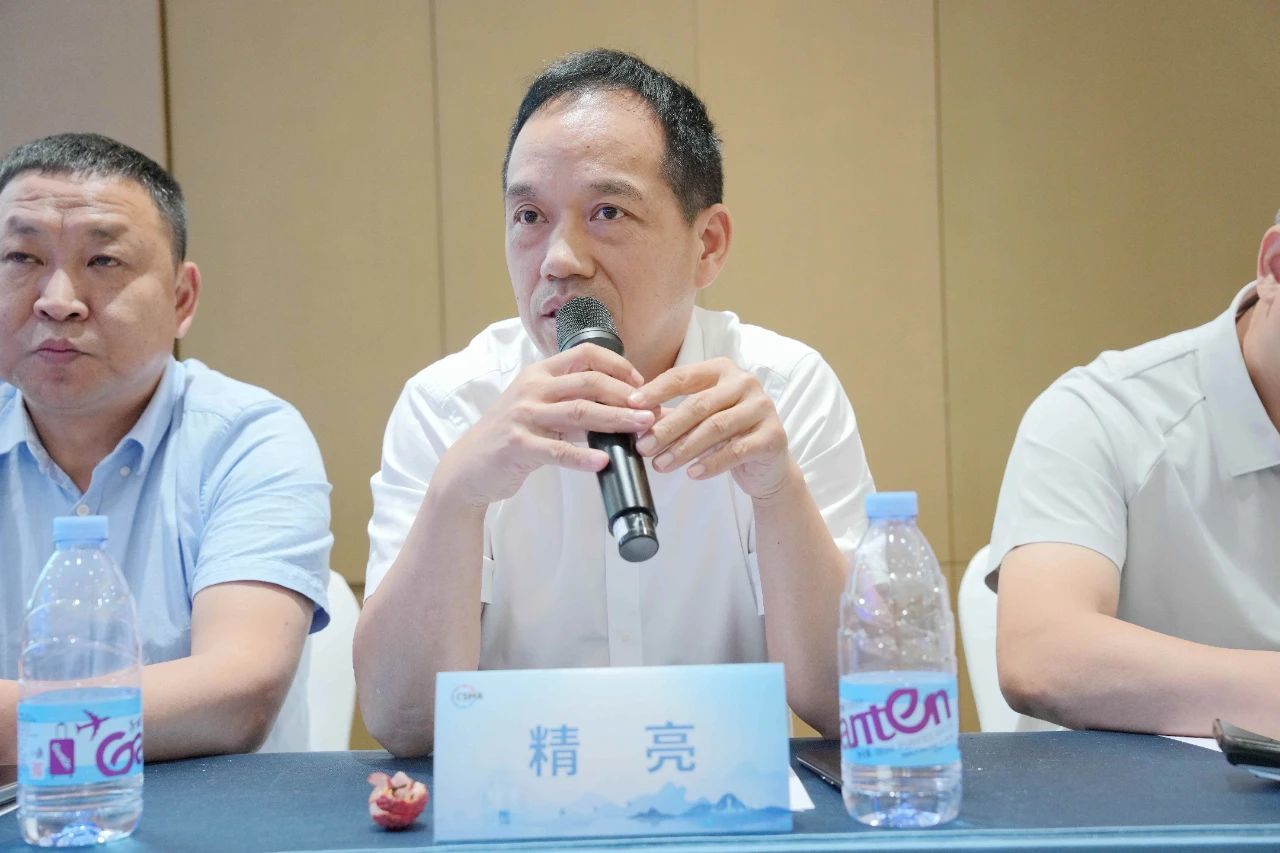
Chairman Yang Xiaojing congratulated the successful convening of the meeting on behalf of the association and thanked Shenzhen Sewing Machinery Association and the relevant complete-machine and component enterprises for their strong support. He pointed out that 2025 is the closing year of the "14th Five-Year Plan" and the year for planning the "15th Five-Year Plan." Components are the foundation of industry development and an important support for building a modernized industrial system and creating a strong industry. At this critical juncture, facing profound changes in the internal and external economic situation and deep adjustments in the industry, component enterprises, after experiencing a structural transformation from high-profit dividends to low-growth and low-profit margins, are at a critical juncture for transformation and upgrading. In the face of a new round of industrial transformation, Chairman Yang Xiaojing put forward four hopes and requirements for the transformation and development of the component industry:
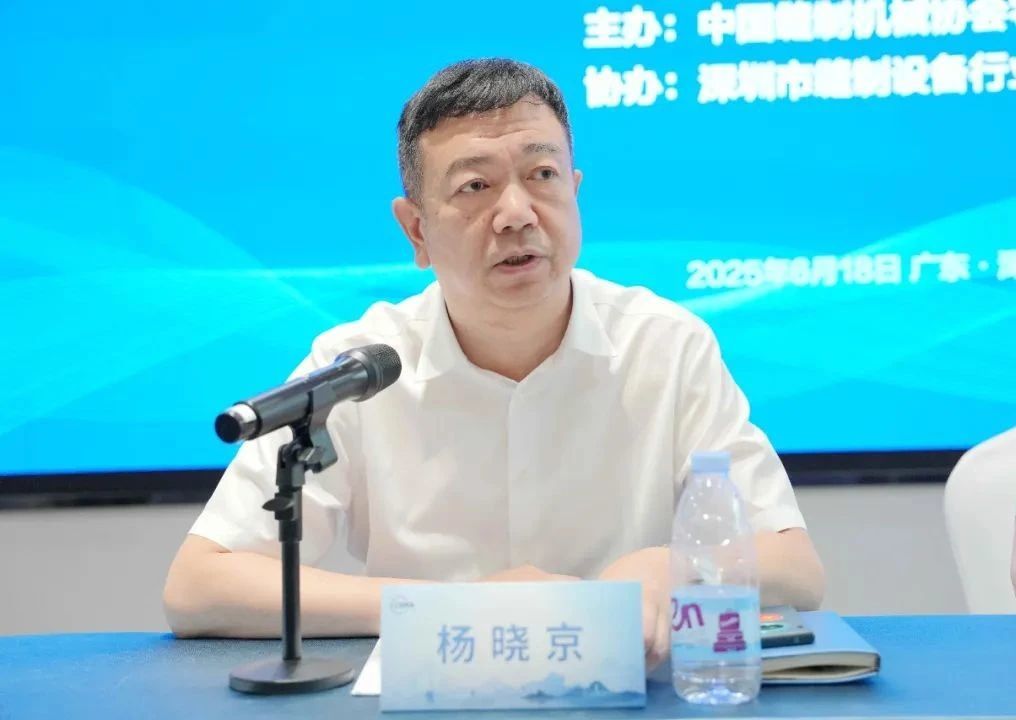
1. Strategic Planning and Adherence to Scientific Development. Component enterprises should actively participate in the research and compilation of industry plans and offer suggestions; grasp opportunities and conduct research and deployment of their own development goals and plans; and maintain confidence in development and scientifically plan their own longer-term development.
2. Focus on Specialization, Refinement, and Novelty, and Adhere to High-Quality Development. Specialization, refinement, and novelty are national development strategies and key development directions for the industry. Component enterprises should strengthen "specialized and refined" development and further consolidate their competitive advantages in specific fields; work on the "novelty" aspect and continuously create new differentiated competitive advantages; and move towards "innovation," continuously increasing innovation and transformation to shape new productive forces.
3. Focus on Quality Improvement and Adhere to High-Quality Development. Currently, high-quality development of the industry is moving forward in depth. Component enterprises should conduct in-depth research on component quality, continuously improve the quality and localization of key components; continuously strengthen and improve the component quality management and testing system, introduce quality technical personnel, raise standards, and strengthen system guarantees; and continuously optimize manufacturing processes and procedures, using high-precision equipment, advanced processing methods, and new processing models to improve quality stability and consistency.
4. Strengthen Communication between Complete-Machine and Component Manufacturers and Adhere to Collaborative Development. Component enterprises should actively change their roles, pay attention to the development trends of digital, automated, and intelligent technologies in the industry, and promptly connect with the innovation directions and R&D plans of complete-machine enterprises; strengthen communication and enhance strategic mutual trust, and conduct in-depth strategic cooperation throughout the entire product life cycle; and promote the integration of the organization and culture of complete-machine and component manufacturers, building more long-term and stable strategic partnerships through personnel exchanges, visits, training, and knowledge sharing.

Recommendation




